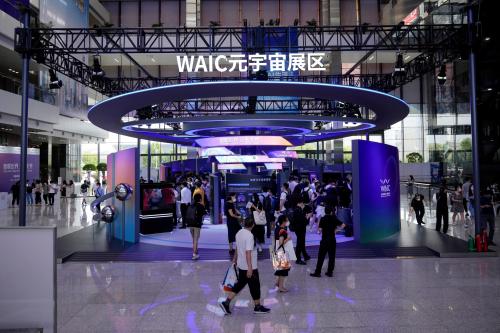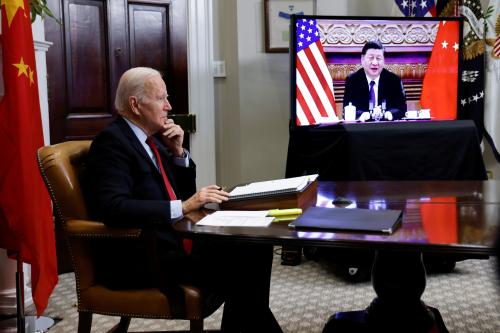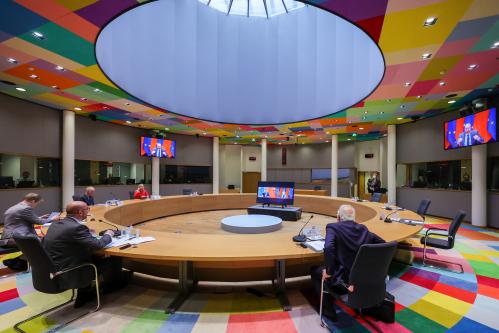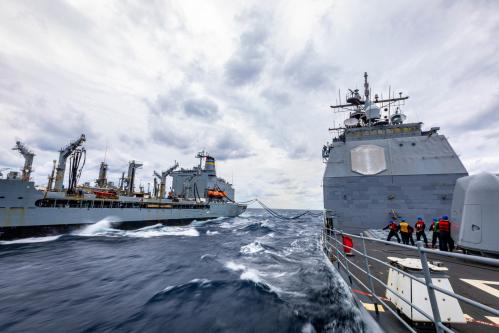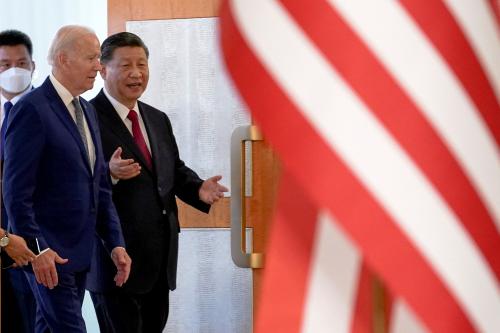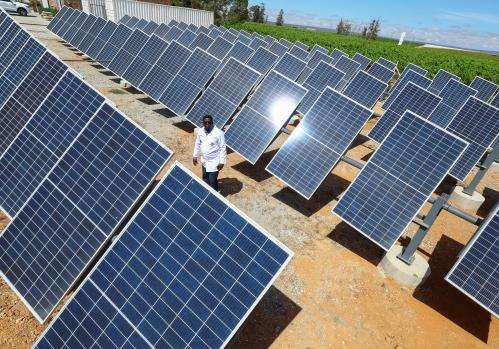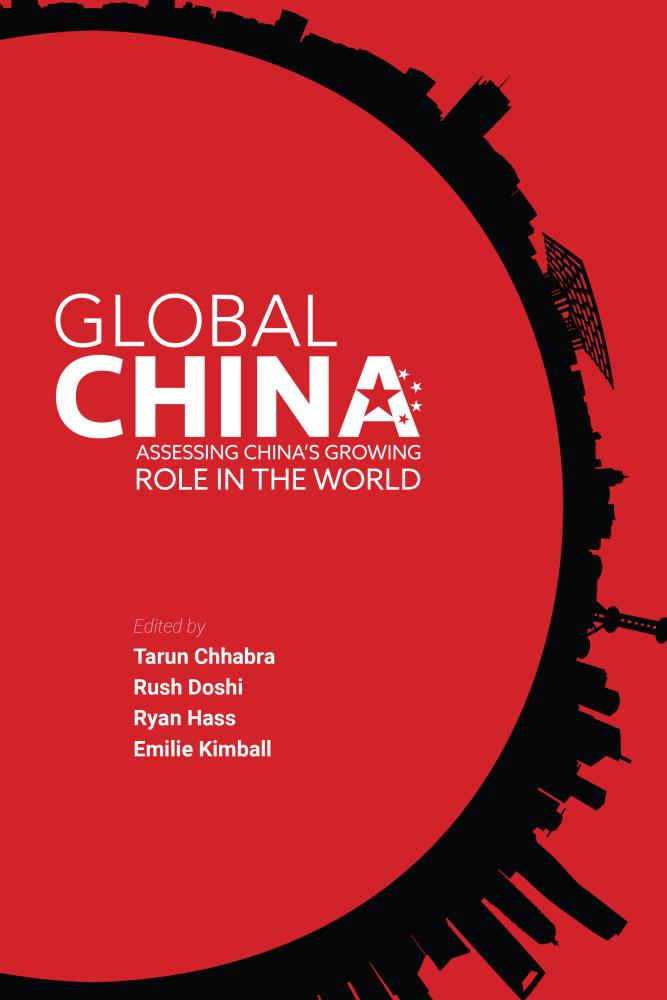

Explore the project:
The Rivals and responders essay series analyzes how the United States and China intersect in global crisis management.

Global China’s “Lost in translation: Decoding Chinese strategic narratives” series critically examines key strategic concepts, popular theories, and prevalent debates in the Chinese political system, and discusses their implications for U.S. policy.
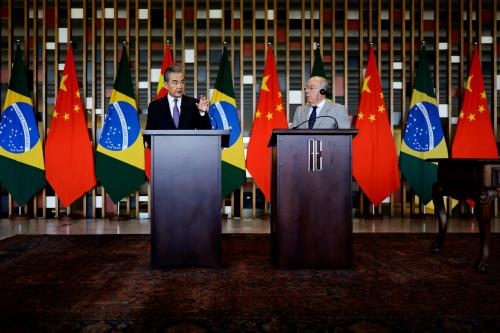
2024
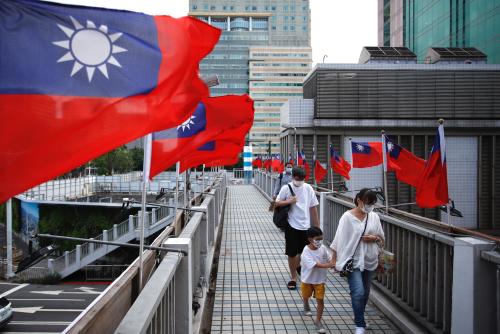
2024
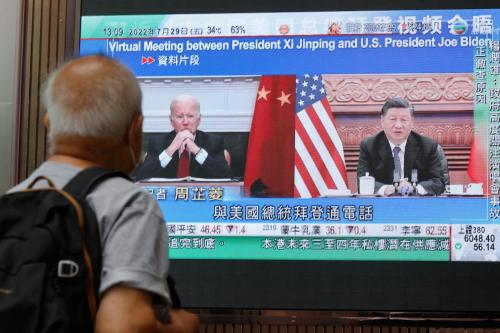
2024

2023

2023

